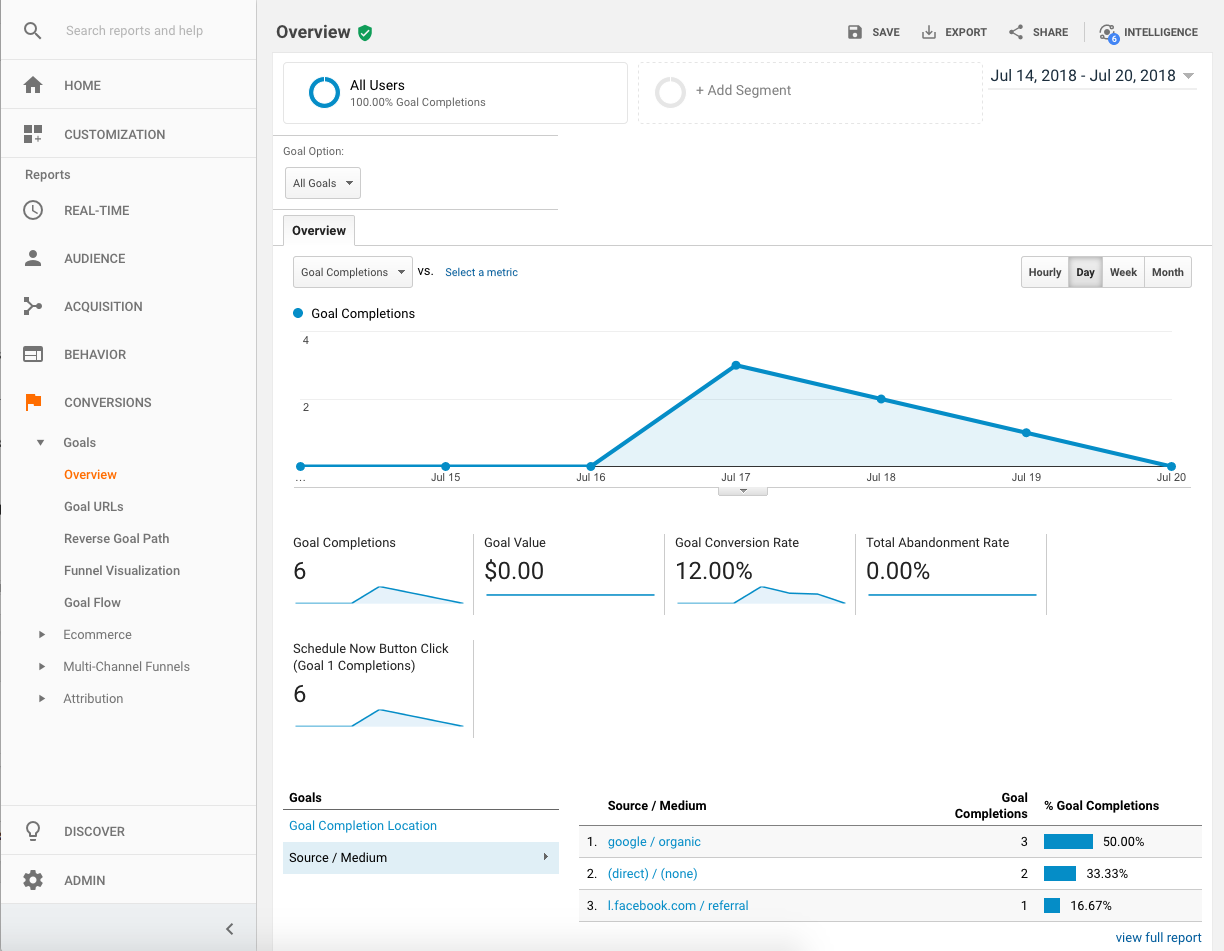Discover What Data Is Google Analytics Goals Unable to Track
Discover What Data Is Google Analytics Goals Unable to Track
Blog Article
Unveiling the Blind Attractions: Understanding What Google Analytics Goals Can not Determine
In the world of electronic analytics, Google Analytics stands as a powerful device for tracking and assessing on-line customer interactions. Recognizing what Google Analytics goals can not measure is essential for acquiring a comprehensive view of user behavior and involvement.
User Habits on External Operatings Systems
Recognizing exactly how users engage on outside platforms is critical for maximizing online approaches. External systems, such as social media sites networks, recommendation websites, and online forums, play a significant role in driving web traffic to a business's internet site. By analyzing customer actions on these platforms, organizations can obtain important insights right into the efficiency of their advertising initiatives and the choices of their target audience.
One trick element of customer habits on outside platforms is the recommendation resource. By tracking where the customers are coming from, companies can determine which systems are driving one of the most traffic to their web site. This information can aid companies assign their resources better, focusing on the platforms that yield the most effective outcomes.

Offline Communications and conversions
Evaluating individual habits on external systems gives valuable understandings into online methods; however, thinking about offline conversions and interactions is equally imperative for a thorough understanding of a business's general performance. Offline conversions, such as in-store acquisitions or phone inquiries, play a considerable role in many organizations' success.

Attribution Beyond Last Click
When diving into the world of digital advertising analytics, it comes to be important to look beyond the single touchpoint of the last click for a more extensive understanding of acknowledgment. While Google Analytics provides useful understandings into individual actions, counting only on last-click attribution can be limiting - what data is google analytics goals unable to track. Acknowledgment designs that exceed the last click offer a more nuanced view of the customer trip, considering all the touchpoints that result in a conversion
Attribution past the last click allows marketers to appoint credit history to different interactions along the conversion course, offering a clearer image of the effectiveness of various advertising networks. By exploring multi-touch acknowledgment designs such as straight, time decay, or position-based acknowledgment, companies can much better designate their marketing budgets and optimize their methods for optimal effect.
Recognizing the impact of each touchpoint in the conversion procedure is essential for making notified decisions and maximizing ROI. By accepting attribution past the last click, businesses can gain much deeper insights into client behavior and customize their advertising and marketing initiatives better.
Cross-Device and Cross-Browser Tracking

Likewise, cross-browser monitoring complements cross-device tracking by catching user behavior as they switch over between different internet browsers. Comprehending just how customers engage with internet sites on various browsers can assist marketing professionals optimize their online experiences to make certain consistency and performance across various systems.
Qualitative Information and Customer Intent
Understanding user intent via qualitative information evaluation is important for establishing targeted electronic marketing methods that reverberate with the needs and preferences of the target audience. Qualitative data provides understandings right into the 'why' behind individual activities, clarifying motivations, emotions, and preferences that quantitative information alone can not capture. By assessing user comments, remarks, and communications, blog marketing experts can reveal beneficial info concerning user intent, allowing them to tailor their messaging, content, and offerings to better line up with what their target market is seeking.
Qualitative data also helps in understanding the context in which customers involve with a website or application. This contextual understanding allows marketing professionals to create more tailored and pertinent experiences, ultimately driving higher interaction and conversion rates. By diving into user intent via qualitative information evaluation, businesses can obtain a deeper understanding of their target market, resulting in much more efficient advertising and marketing methods that meet customers' expectations and needs.
Final Thought
In conclusion, Google Analytics objectives have limitations in determining user habits on external systems, offline conversions, attribution past last click, cross-device and cross-browser tracking, and qualitative information related to customer intent. what data is google analytics goals unable to track. It is very important for organizations to be conscious of these blind places in order to supplement their information analysis with various other devices and approaches to acquire a much more thorough understanding of their target market and boost their general electronic marketing techniques
By examining individual habits on these platforms, services can acquire important understandings right into the effectiveness of their advertising efforts and the preferences of their target audience.
Analyzing individual habits on exterior platforms supplies important understandings into online strategies; nevertheless, taking into consideration offline conversions and interactions is similarly vital for a comprehensive understanding of a firm's general performance.In digital advertising and marketing analytics, moving beyond last-click attribution to explore cross-device and cross-browser monitoring is important for getting see this page an alternative understanding of user interactions throughout different platforms and gadgets. By evaluating user feedback, remarks, and interactions, marketing experts can discover valuable details regarding individual intent, permitting them to customize their messaging, material, and offerings to better straighten with what their audience is seeking.
By diving right into customer intent with qualitative information analysis, organizations can gain a much deeper understanding of their target audience, leading to much more effective marketing methods that satisfy individuals' assumptions and requirements.
Report this page